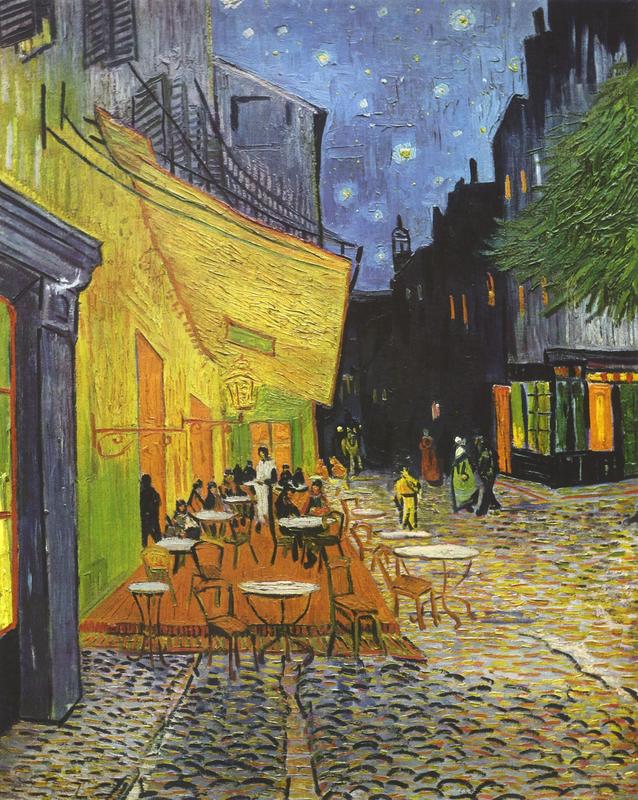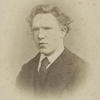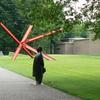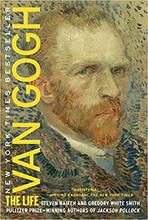More about Terrace of a Café at Night
- All
- Info
- Shop

Contributor
Vincent van Gogh, aside from being known as the crazy ginger who cut off his ear, is a pretty big deal in the art world.
He definitely was not one during his time, but after he shot himself in a wheat field in 1890 his creative genius was realized and heavily sought after. Van Gogh considered himself to be disciple of the “new art” trend sweeping Europe (mostly France) in the late 1800s and he let it take him where it pleased. After traveling around the south of France for a while, van Gogh decided he’d set up shop in Arles and establish an artist community. He pictured all of the big artistic names of the day coming together and inspiring one another, effectively making an art juggernaut to help feed the “new art” van Gogh so worshipped. The only problem was that nobody explained to Vincent that a community needs more than two people. Van Gogh ended up only writing to his friend and colleague, Paul Gauguin, to ask him to come join him.
Luckily for van Gogh, his good buddy Gauguin did come and work with him for a little bit. Each fueled a competitive drive in the other as they constantly attempted to beat one another to the next breakthrough in art. In competing with Gauguin, van Gogh was able to create a style for himself in which he’d place contrasting colors, like the blue and yellow in this work, side-by-side to give the effect of bright lights flickering. It has also been speculated that van Gogh was schizophrenic, so this could very well have been what his world looked like. But the world will never know for sure.
Van Gogh’s biggest weakness, and the thing that probably aided the most in driving Gauguin away from the artist commune, is very thing depicted here: night cafes. Vincent described these 24/7 cafes as a place for “night prowlers” to stop in to when they ran out of money and couldn’t find a place to stay. He considered himself among these night prowlers, saying that he “always feels that [he was] a traveler, going somewhere and to some destination," but he constantly questioned whether or not the destination was worth finding. Needless to say, van Gogh was not a happy guy. When Vincent didn’t need to buy art supplies he’d hit up the night café and do what any struggling artist in 1888 would do: down some Absinthe. Because alcohol plus mental illness equals good decisions, every time! Long story short: van Gogh gradually became less mentally stable thanks to boozing and, later this same year, would cut off his ear and secure his place in history.
In a day and age when art was going through a particularly tumultuous stage of puberty, van Gogh had a style all his own. Sure, his creative juices were fueled by lots and lots of Absinthe (when he could afford it) and just splash of what was possibly schizophrenia, but you have to give the guy props for sticking to his guns throughout his career, despite his severe lack of popularity.
Featured Content
Here is what Wikipedia says about Café Terrace at Night
Café Terrace at Night is an 1888 oil painting by the Dutch artist Vincent van Gogh. It is also known as The Cafe Terrace on the Place du Forum, and, when first exhibited in 1891, was entitled Coffeehouse, in the evening (Café, le soir).
Van Gogh painted Café Terrace at Night in Arles, France, in mid-September 1888. The painting is not signed, but described and mentioned by the artist in three letters.
Visitors to the site can stand at the north eastern corner of the Place du Forum, where the artist set up his easel. The site was refurbished in 1990 and 1991 to replicate van Gogh's painting. He looked south towards the artificially lit terrace of the popular coffee house, as well as into the enforced darkness of the rue du Palais which led up to a building structure (to the left, not pictured) and, beyond this structure, the tower of a former church which is now Musée Lapidaire.
Towards the right, Van Gogh indicated a lighted shop and some branches of the trees surrounding the place, but he omitted the remainders of the Roman monuments just beside this little shop.
The painting is currently at the Kröller-Müller Museum in Otterlo, Netherlands.
Check out the full Wikipedia article about Café Terrace at Night













